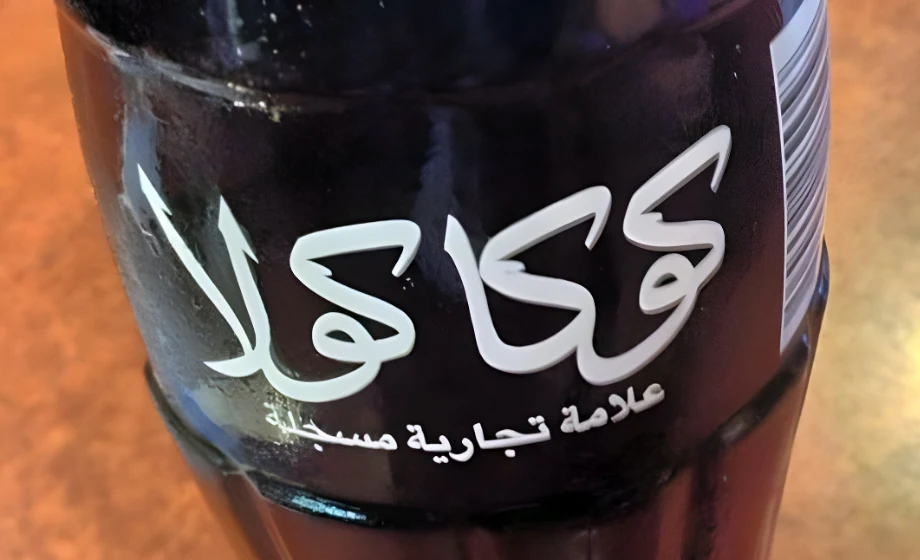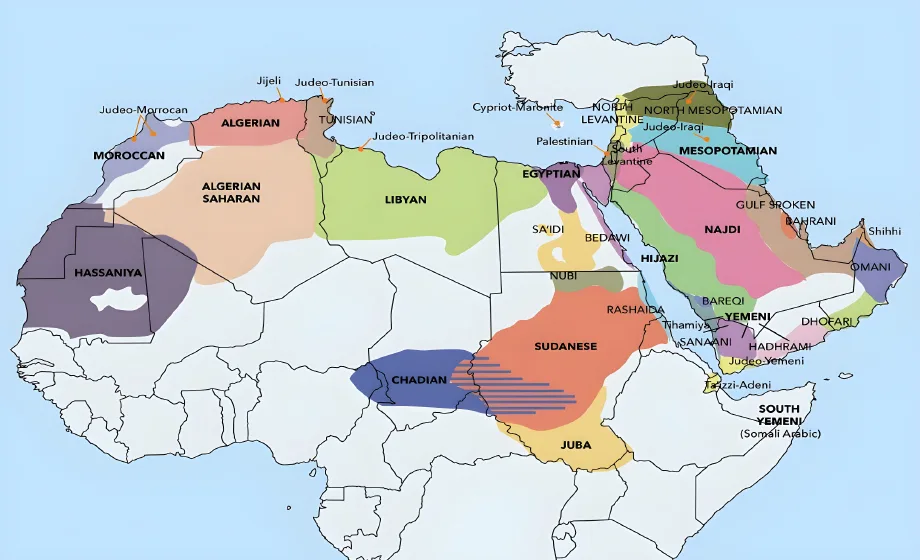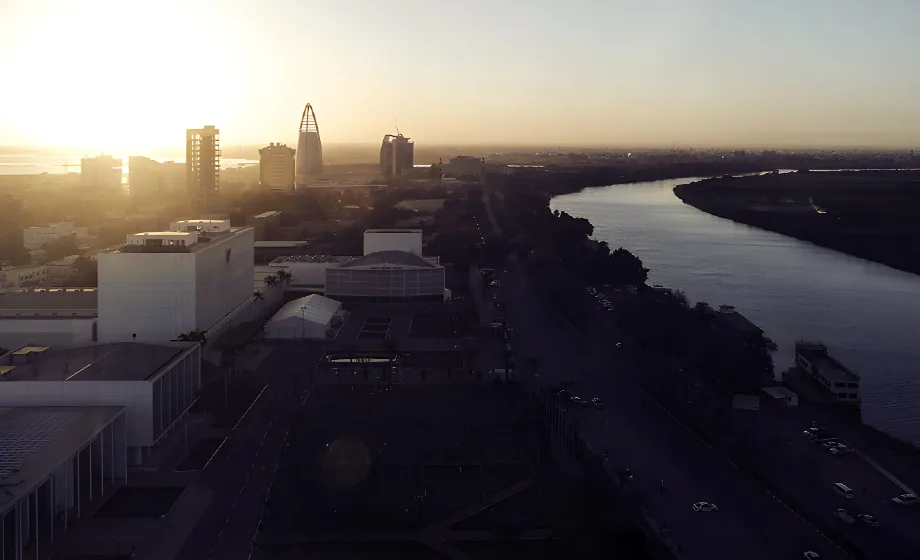Proofreading is the last step in any translation, the time to put the final touches on the project before delivery, the final opportunity to check its accuracy and readability. After spending hours crafting your document, you might accidentally overlook some glaring errors within the text. At this point, you should stop what you’re doing and call Industry Arabic to ask about our superb Arabic proofreading service.
At Industry Arabic, we only deal with Arabic and English. As such, all of our translators and project managers are fluent in and passionate about both languages. This ensures that your project will not only be translated properly but also proofread precisely. Read below to see the Industry Arabic difference in the way we will proofread your translation project:
1. Line-by-line Proofing: Each translation also undergoes a 2-step verification process. After finishing a translation, both our translators and project managers will then review the project by each segment and line. Instead of a cursory review, we prefer to make sure everything is accurate, not just presentable. This commitment to detail and accuracy is unparalleled in the industry at large.
2. Language Clean-up: Clients have become accustomed to “serviceable” translations. They expect some awkward phrasing and unnatural style out of any translation. This has led to an overall low bar in translation quality and expectations. We, on the other hand, hope to raise those standards and do so on a daily basis. The proofreading process is the place where we take the time to polish our projects and smooth out any linguistic wrinkles. By the end, you will have a document that reads as if it were originally written in the target language.
3. Formatting: Whether in English or Arabic, proper formatting can make or break a document’s overall presentation. The process itself can pose a challenge for most people unfamiliar with switching between LTR and RTL directionality. Fortunately, this is Industry Arabic’s bread and butter. We flip images, documents, and charts to go in the correct direction every time. Our team also puts in the extra effort to make sure all text, images, charts, and pages are in the correct direction and appear readable.
4. Punctuation: Arabic punctuation can vary quite differently from English conventions. In some cases, you may encounter page-long paragraphs without any separation, making it hard to parse out the passage’s structure. Sometimes, you may see brackets where there should be quotes, commas where there should be periods, dashes where there should be slashes, or vice-versa. During the proofreading phase, we make sure to put the proper punctuation in the perfect place. We don’t stick strictly to the source text formatting. Rather, we make sure the target audience will understand the exact rhythm and flow guided by the right grammatical symbols.
5. Proper Terminology: Perhaps you come across a common term such as “نظام”. Does it mean “system,” “law,” or “regime?” In any case, the type of document and context can significantly change the meaning of the text. As such, both our translators and proofreaders become familiar with the tone and subject matter of each translation. After doing so, they are better able to judge whether or not the right term is used, or if a better word is more appropriate instead. In the end, we will provide you with a document that captures both the literal and intent of the source text.
6. Pre-translation Editing: Let’s say you are an international organization working with a project team with many non-native speakers. You are collaborating on a single project in a single language and are unsure whether it reads or sounds natural. Before translating the document outright, shoot it over to us for an in-depth check. That way, you’ll know that what you want to publish in another language makes sense to the translator working on it.
7. Arabic Machine Translation (MT) Post-editing: Technology continues to advance at breakneck speeds. Unfortunately, MT still cannot rival a skilled human translator, especially when it comes to translating between Arabic and English. While we don’t recommend it, most people don’t have the time, resources, or choice but to run their text through MT. However, we are more than willing to give your translation a thorough review and correct what the robot misunderstood.
Get your free quote today!
Don’t hesitate to discover the range of translation, editing, and proofreading (TEP) services we can offer you or your business/organization. Just get in touch, and see what Industry Arabic can do for you!



